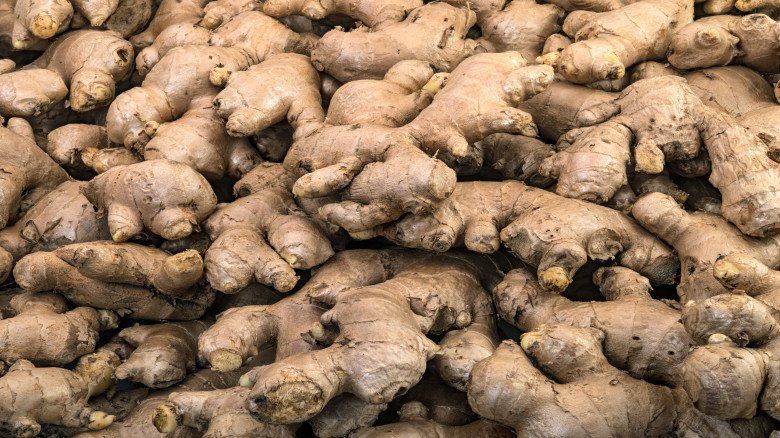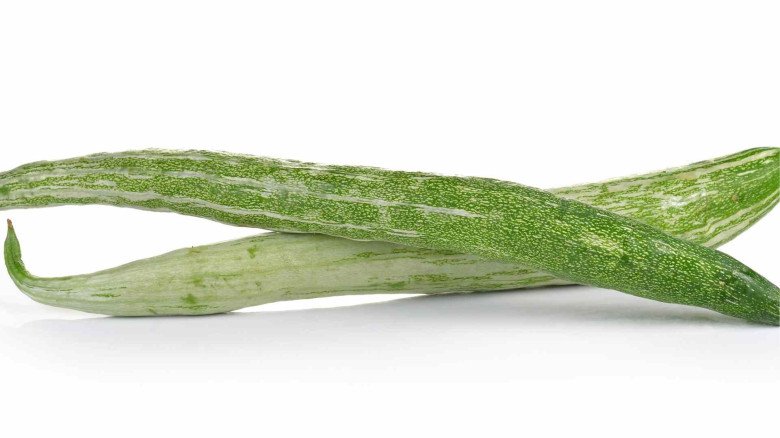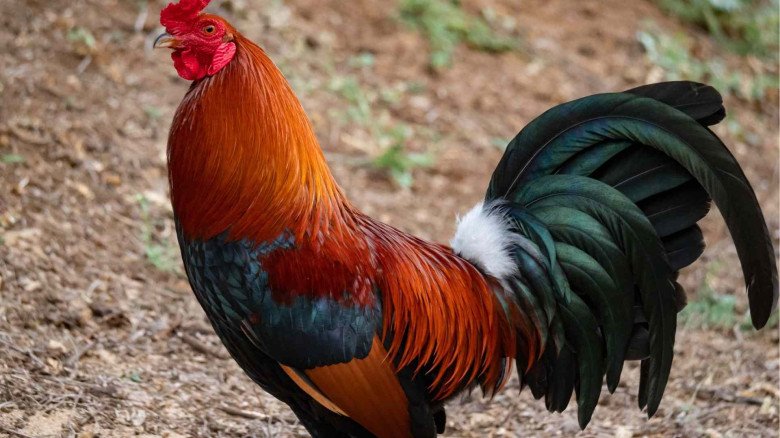Exploring the Enigmatic Snake Gourd: A Unique Vegetable with Stunning Night Blooms
As an avid enthusiast of unusual and fascinating edible plants, I would like to begin this year's series of posts about intriguing fruits and seeds with a puzzling vegetable. It is known as Trichosanthes cucumerina var. anguina, or the "snake gourd" if you prefer Latin terminology. The wild variety of Trichosanthes cucumerina var. cucumerina is endemic to Australia, the western Pacific islands, and southern and eastern Asia. It was most likely domesticated in India. These days, snake gourds are grown as a minor vegetable in Madagascar, certain sections of Africa, and other tropical and subtropical areas.
Size matters as usual
Similar to other gourds, the snake gourd belongs to the Cucurbitaceae family, which also includes pumpkins. Its seeds resemble those of its cousin, the watermelon (Citrullus lanatus), but they have a jagged, wavy appearance. The fruits of the snake gourd are far more fascinating than its seeds. They are extremely (!) long, thin, and frequently wriggly like snakes, as their name suggests. The fruits can easily grow up to 1.5 m long, and in 2010 a claim was made in Oman that a 1.88 m long snake gourd was the longest ever grown.
By the way, in 2008, a "luffa" (sometimes called a "loofah") or "sponge gourd" (Luffa aegyptiaca; syn. L. cylindrica) cultivated in China measured 4.55 meters to become the official record for the longest gourd in the world. Just think of all the cleaning sponges you might make out of that enormous loofah!
Snake gourds are consumed as a vegetable when they are very young, much like luffa gourds, despite having very bland tastes. Snake gourds mature by developing firmer, more bitter flesh and a dark crimson, hardened rind. Strangely, mature snake gourds can withstand enough abuse to be used to make didgeridoos. They have a mushy, red pulp inside that resembles a tomato and can be substituted for tomatoes in recipes.
The Open Letter from a Seed Morphologist
Right now, I have something to confess. To be honest, I have never in my life eaten a snake gourd. Even worse, I don't write this blog because I think the fruit or the seed is especially "cool." As a Seed Morphologist, I'm not really qualified to blog about flowers, but the snake gourd's flower greatly amazed me when I first saw it, so I decided to find a way to share my joy with you.
A few years back, I used a package of seeds I bought in Chinatown to grow a cucumber-like vine in my home conservatory. It wasn't until the first flower bud opened in the early evening that I realized something odd was happening. I really made the decision to stay the night in the conservatory with my camera and tripod because I found the process of the flower bud opening to be so fascinating to witness. Botanists are naturally enthusiastic about plants, but regardless of your interest in them, you have to realize that the following images capture something very amazing:
The beauty of snake gourd's night-time flowers from Farmersrathna Agri-news
Trichosanthes cucumerina bloom unfolding
A snake gourd's bloom gradually opens into a stunning, fragrant flower that is white and adorned with long, lace-like tendrils over the course of a night. The snake gourd's flowers are definitely moth-pollinated, as evidenced by their shape, color, and aroma as well as their nocturnal opening. To me, this is one of the most amazing flowers in the world, and it comes from a vegetable! It's graceful, fragile, and incredibly fleeting, lasting only one night!
-logo.webp.png)

-logo.webp.png)

































Leave A Comment